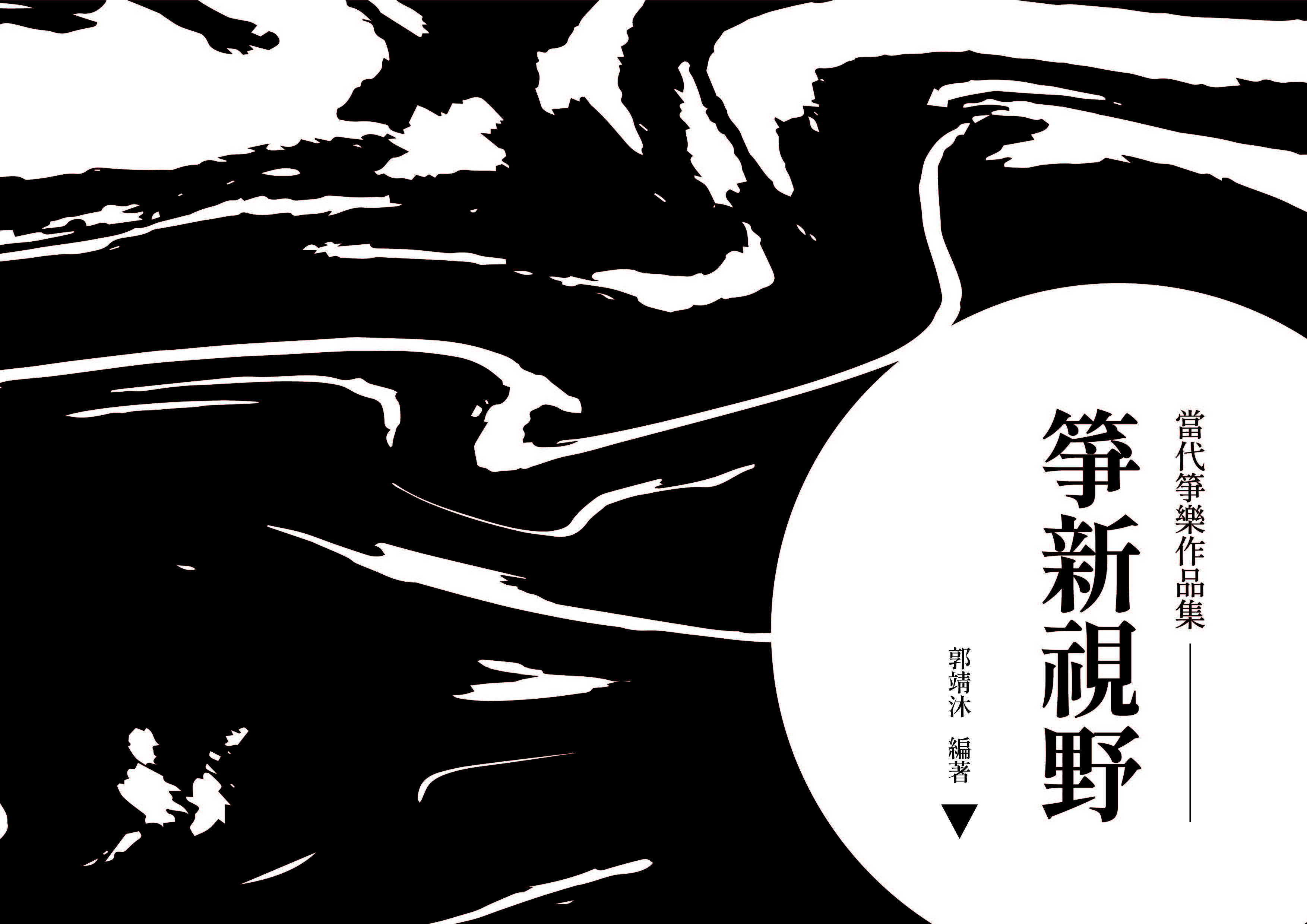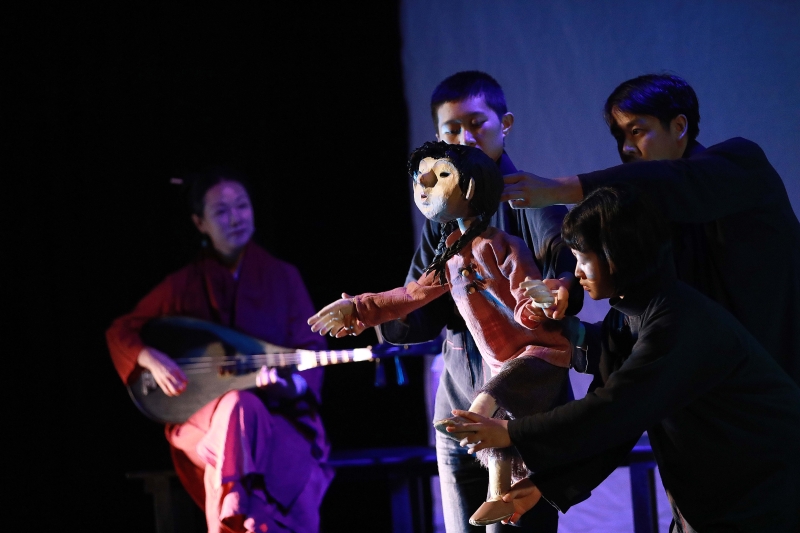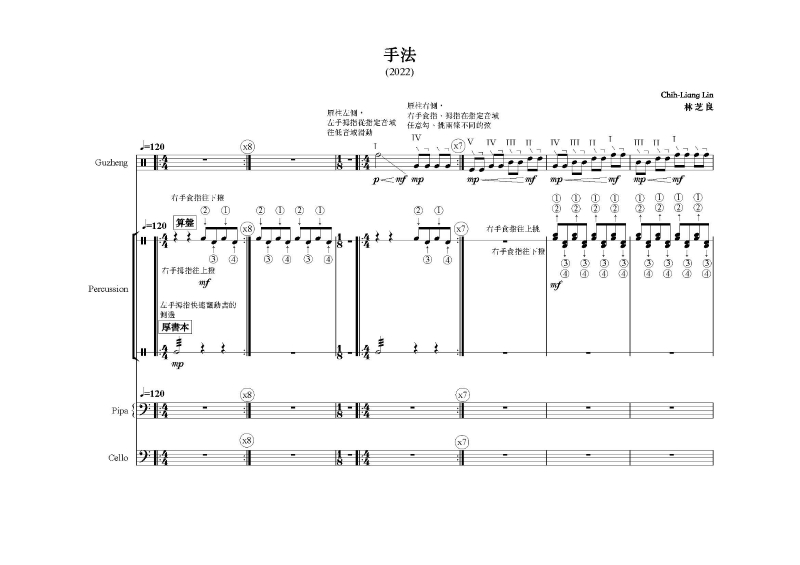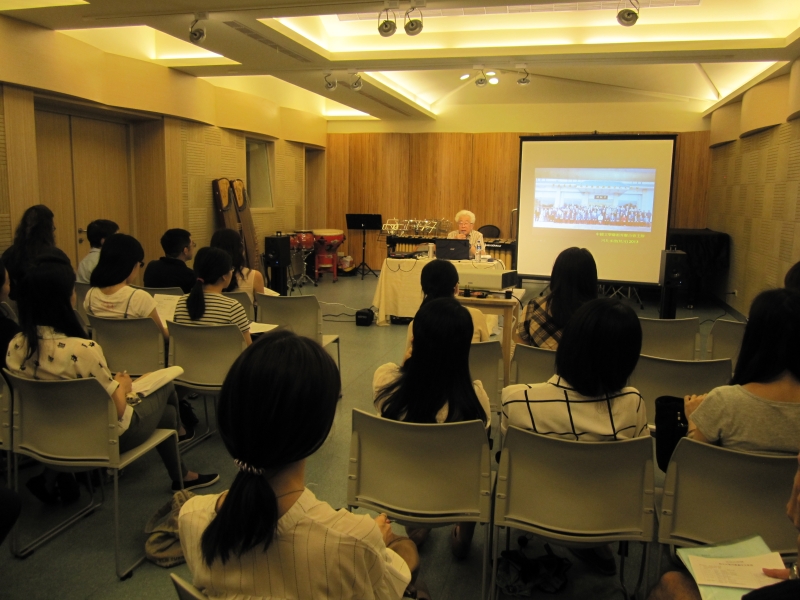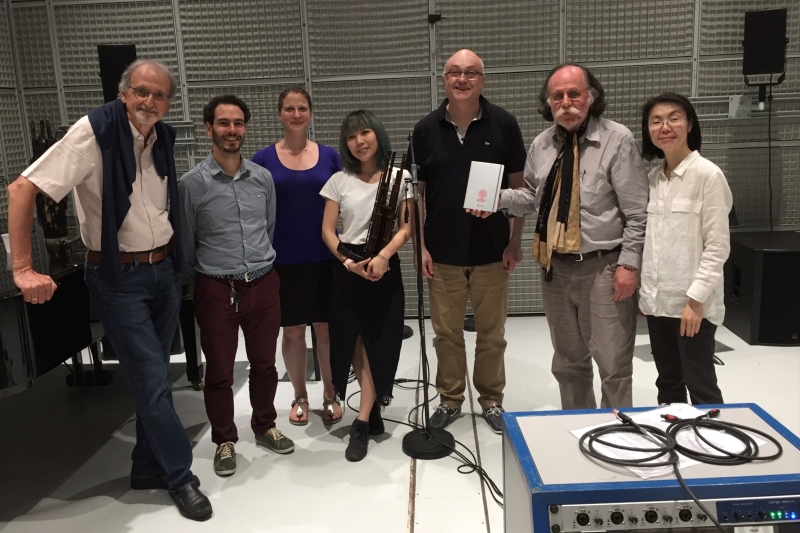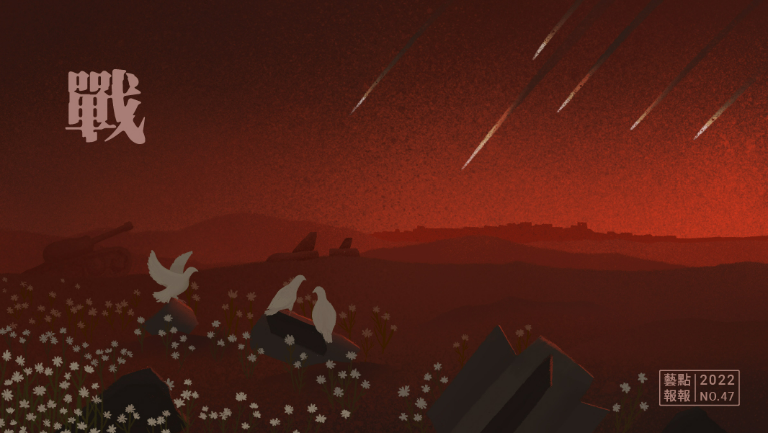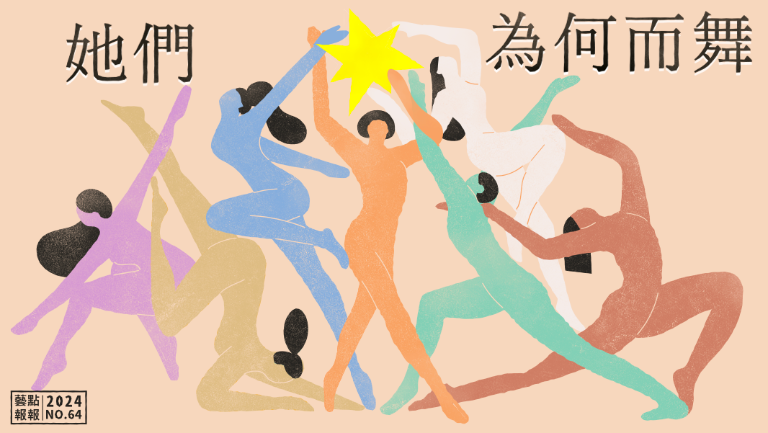A lot of Western music was introduced to China in the early 20th century, after which the concept and self-identity of Guoyue (國樂; literally "national music") gradually took shape. Additionally, the May Fourth Movement was in full swing at the time, and many intellectuals like Xiao Youmei and Liu Tianhua began advocating for a reform of traditional music, introducing Western composition techniques and orchestration, which drove the modernization of traditional Chinese music in the form of Guoyue. Some of the achievements from that time have now developed into Chinese orchestras and Guoyue educational programs found across Taiwan, becoming the most widely known form of modernized traditional Chinese music.
However, modernized traditional Chinese music takes more than one form. The original definition of the term Guoyue actually included a wide range of traditional music genres, including opera, folk songs, and sizhu (絲竹; literally "silk and bamboo", traditional string and wind ensembles) music. Thanks to the efforts of different musicians, composers, and creators, these other types of traditional/Chinese music have also evolved into different modern forms that deserve attention. This article will approach this issue from three aspects, namely: (1) avant-garde experiments in traditional instrumental music, (2) cross-genre and interdisciplinary creation, and (3) international exchanges, to demonstrate the diverse perspectives of modern Guoyue in Taiwan.
The first aspect I'd like to discuss is the integration of avant-garde and experimental music and Chinese instruments to create or perform new works. Performers play a central role in this genre. They commission various works from composers and assemble them into one or more concerts, presenting them as a music show. Zheng (箏; Chinese plucked zither) musician Jing-Mu Kuo held a series of recitals titled "Zheng: New Horizon" in recent years (2017, 2019, and 2020), inviting over a dozen composers (including himself) to create a total of fifteen new zheng compositions. In a milestone moment of contemporary zheng music, these compositions were subsequently compiled and published as Zheng: New Horizon—Collection of Contemporary Zheng Music.
In addition to instrumental solos, many performers also form chamber music ensembles, creating a new ensemble format that differs from traditional sizhu music. 3PEOPLEMUSIC is an ensemble composed of Jing-Mu Kuo on the zheng, I-Tung Pan on the zhongruan (中阮; Chinese plucked string instrument), and Chung Jen on the dizi (笛子; transverse bamboo flute) and xiao (簫; vertical bamboo flute). They have attracted much attention recently and were invited to hold concerts like 3x3 Project, Misreading, and Catalysis: Fusion of Senses at the National Theater and Concert Hall. These concerts featured dizi and zheng played with bows, with sounds occasionally produced using objects in the environment, mesmerizing and startling listeners. PIPA-ensemble, on the other hand, embraces both old and new styles. Their concerts Lead, Nong, and Folk Song, combined ancient traditional music, contemporary classics, and newly-commissioned compositions, a marriage of traditional music and forward-thinking ideas. They also recently held a series of lectures and concerts called "Pipa Small Muscle Group" to give the audience a closer view of contemporary pipa (琵琶; Chinese lute) perspectives.
The second aspect I'd like to talk about is the sparks created when artists cross over into different music genres and performing art forms. An example of genre crossover is C-Camerata Taipei, an ensemble that plays a mix of Chinese and Western music, founded by Chao-Ming Tung, Yin Chiang, and Hui-Kuan Lin. Their repertoire is a mix of Western classical and Eastern traditional pieces, and they actively commission new compositions to promote in-depth discourse and exploration regarding Chinese and Western music. For example, Chih-Liang Lin's Parallelism is one of the commissioned compositions. Inspired by physical movements involved in instrument playing, the composer observed the similarities and differences in hand movements used to play the zheng, pipa, percussions, and the cello to construct a dual combination of visual and audio experiences. Embodying both classic and novel ideas, the concert DongXi-DongXi: Exploration between the West and the East featured renowned pieces by Western avant-garde composers Luciano Berio and John Cage, as well as the world premiere of two compositions by Chao-Ming Tung and Klaus Ager, President of the European Composers' Forum, respectively.
As for interdisciplinary collaboration, some think of it in terms of "addition"—adding elements of other performing arts into concerts to create a sort of musical theater. Others dive deeper into self-analysis and reconstruction, creating more organic integrations with other art forms. For instance, Gu-Fang Contemporary Art of Zheng and Goodoo Puppet Troupe teamed up to create Bloom of Zai Tun, a zheng music theater show with a vivid storyline that combines puppetry and iconic zheng music. XinXin Nanguan Ensemble's Contemporary Nanguan Land Project II—Encountering Childhood in Lize and Nanguan & A Cappella are performances created by integrating shadow puppetry and a cappella singing, respectively, injecting new energy into Nanguan (南管; a style of Chinese classical music from the southern Chinese province of Fujian) music through profound crossover exchanges and solid field research. In Eat Dirt, performed by Bare Feet Dance Theatre, music creator Tzi-Mei Li fully dismantles Beiguan (北管; a type of traditional music, melody and theatrical performance dating to the Qing dynasty) music, composing pieces through repeated deconstruction, reorganization, and transformation. The music, together with the fluid movements of the dancers, reshapes people's experience of the land.
It is also worth noting that a lot of organizations, both in contemporary Guoyue and inter-disciplinary arts, have devoted efforts to cultivate young composers' ability to compose Guoyue music. TimeArt Studio's Forgotten Voices workshop invited young composers from China, South Korea, Taiwan, and the U.S. to revisit their own cultural traditions, find inspiration for contemporary composition, and co-create with performers to develop ideas into complete musical works. Little Giant Chinese Chamber Orchestra's Cross-Culture Chamber Music Creative Workshop invited well-known Taiwanese and foreign composers such as Hwang-Long Pan, Shih-Hui Chen, Ching-Wen Chao, and Kurt Stallmann as lecturers to teach students how to compose music for traditional Chinese instruments and enhance their interdisciplinary creativity.
The last aspect I wish to tackle in this article is the presentation of Guoyue on the international stage. This usually manifests as individuals or groups being invited to perform at music festivals or attend research and creative events organized by prominent music institutions. The former allows performers to express their own voices more freely and completely, while the latter incorporates different views, forming transnational cultural conversations. There are many instances of these two types of international exchanges. Here are a few interesting examples:
Sheng (笙; Chinese free reed wind instrument) player Li-Chin Li has been very active in the European music scene in recent years. In 2022, she became the guest musician of the French contemporary orchestra Ensemble Linea and performed with the orchestra at the Ruhrtriennale music festival in Germany. She also participated in Tout Pour la Musique Contemporaine's research project SHENG! 2018-2023, in which she made demonstrations of improvisation, premiered new works, and assisted in IRCAM's acoustic research to enhance the visibility of the sheng in the West. Dizi and xiao player Hsiao-Feng Lin explores the traditional and avant-garde, national and world music, blurring the boundaries between different types of music and expanding the scope of traditional music. He participated in the Kuala Lumpur Experimental Film, Video & Music Festival (KLEX) with pianist Shih-Yang Lee and visual artist Yun-Yen Chuang, where they had in-depth exchanges with local artists and students and did improvised performances together. After returning to Taiwan, they held the Pearls of the Southern Island, Gazing at the Moment concert to share their experiences and insights from the festival with melophiles. In this example, Guoyue and experimental art blended seamlessly, showing its most grassroots side.
Whether central or peripheral, avant-garde experimental or popular, genre-exclusive or crossover art, domestic or international, regardless of whether the artists mentioned above incorporate Guoyue or traditional music into their self-identity, they are all unsatisfied with the status quo and strive to break through the framework of the genre, delighted to explore boundaries. Such diverse musical practices infinitely expand the future possibilities of Guoyue.
*Translator: Linguitronics


